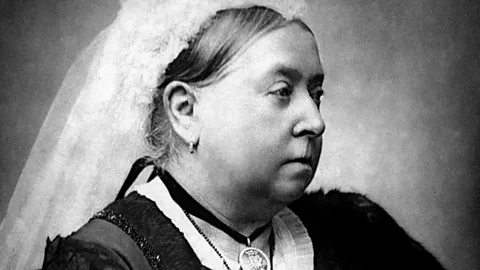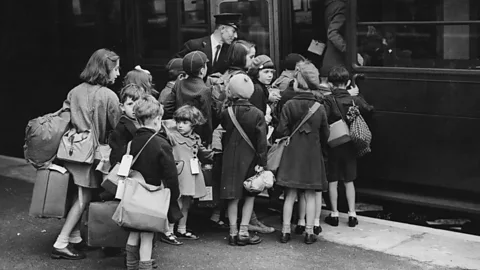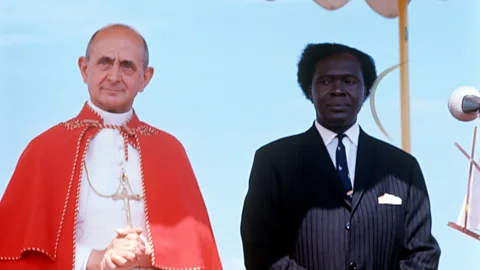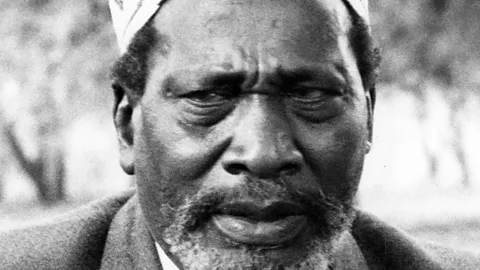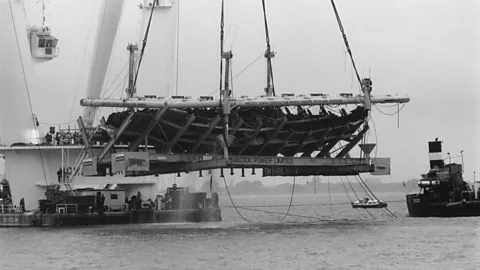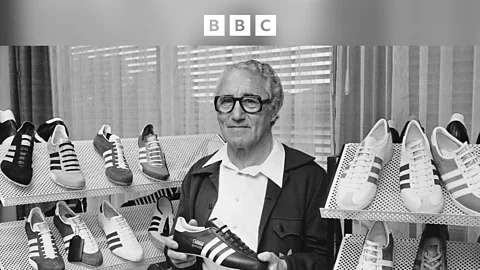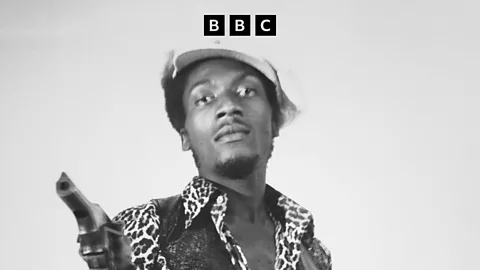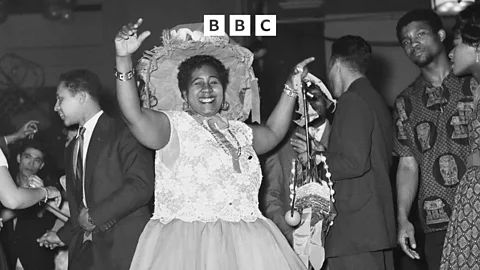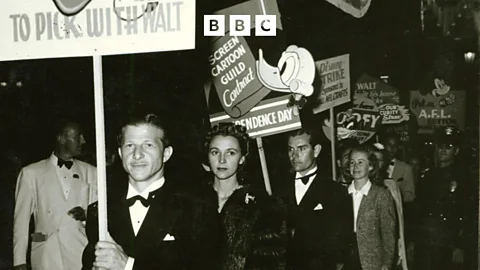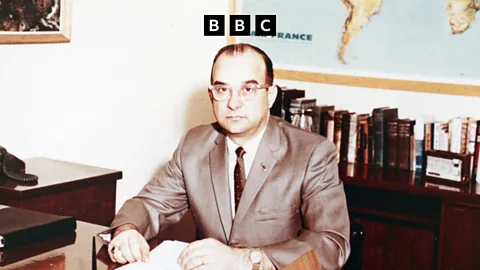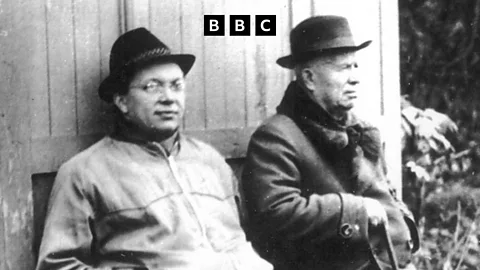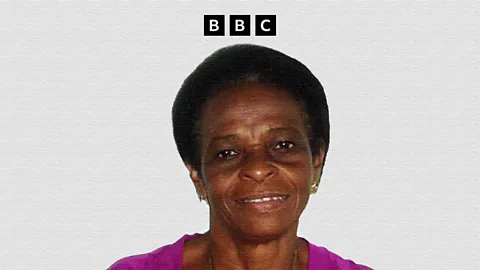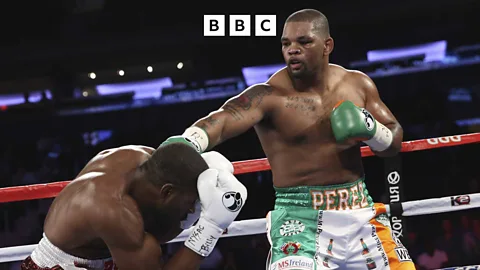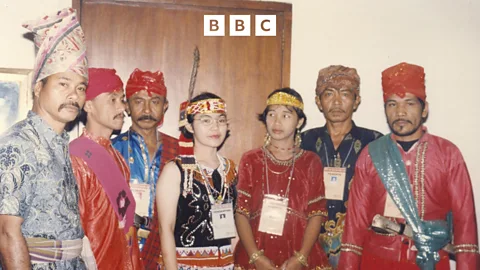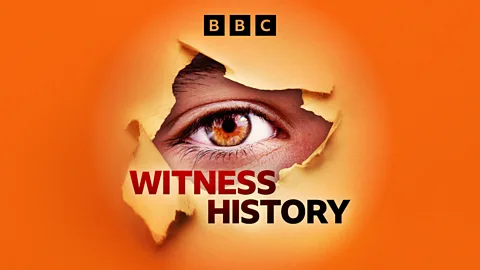
Witness History
Witness History
The car that charmed Brazil
Up next
September 9, 2022
10 minutes
Available for over a year
Since its launch in the 1950s, the Brazilian version of the VW Beetle has had a special place in the nation's heart. Cheap, charismatic and virtually indestructible, it was many Brazilians' first car and is affectionately known as the Fusca.
The Fusca played a key role in the development of Brazil's economically and politically vital national car industry.
In 2014, Candace Piette spoke to two Fusca superfans, Silio Boccanera and Edivaldo Fernandes.
(Photo: A Fusca in the colonial town of Paraty. Credit: Getty Images)

